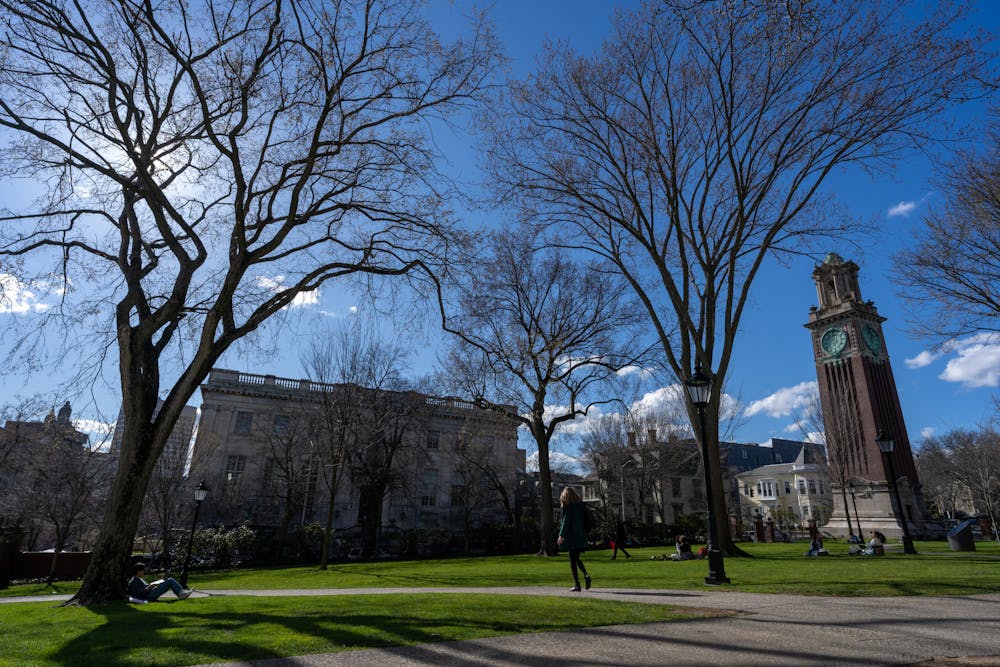New course offerings for the Critical Native American and Indigenous Studies concentration are underway for the fall semester, following the program’s launch earlier this year.
The concentration — which emerged from years of student activism — will see its first graduating class in spring 2024. Its courses will focus on historical and contemporary aspects of Indigeneity, including languages, politics and belief systems, The Herald previously reported.
Rae Gould, executive director of the University’s Native American and Indigenous Studies Initiative, called the launch of the program “a long-awaited triumph.”
“Native American and Indigenous Studies has been something students and faculty have expressed interest in and worked to develop for a number of years,” Gould wrote in an email to The Herald. “Being able to offer an official concentration, and not only courses with NAIS focus or content, has elevated the work of many past students and faculty who have waited to see this development.”
Ma’iingan Wolf Garvin ’25, a member of the Ho-Chunk Nation and Bad River Ojibwe, knew she wanted to concentrate in Critical NAIS before it was even officially launched.
“I truly could not emphasize enough how much it means to be in an Indigenous studies class as a Native student and how much I learn from the community it creates,” she wrote in an email to The Herald. “It brings me so much joy and meaning to learn from Indigenous professors surrounded by Indigenous students.”
Kalikoonāmaukūpuna Kalāhiki ’24 decided to concentrate in Critical NAIS given the personal importance of the study to their Native Hawaiian identity.
“As a radical Hawaiian fighting against the settler-state back home through food sovereignty, I find great value in this education because it provides me the vocabulary to understand imperialism and (its) legacies in my home and across the world,” they wrote in a message to The Herald.
The concentration was part of five commitments adopted by the University in May 2022 alongside its official land acknowledgement statement. The University originally planned to offer the Critical NAIS concentration in fall 2022, according to those commitments.
But even before the University’s pledge, student activism was a driving force in creating the concentration, Kalāhiki and Wolf Garvin said.
“I don’t think that people outside NAIS or (Natives at Brown) really understand how much work and fighting it took to get to where we are today,” wrote Wolf Garvin, who is a NAB co-coordinator. “It’s been over a decade of work from students and staff and faculty, and it has been an extreme uphill climb.”
Kalāhiki added that NAB’s activism “laid the groundwork” and “built the momentum” for the concentration.
Visiting NAISI Faculty Joseph Dupris — who is teaching one of the program’s mandatory courses, ETHN 1200K: “Introduction to American Indian Studies,” this fall — also attributed the program’s launch to student advocacy on campus.
“I wouldn’t be here if it wasn’t for students saying that they want to have an opportunity for their own language learning, or for years of student activism,” Dupris said.
Samantha was a University News editor overseeing the affinity and activism beat.





